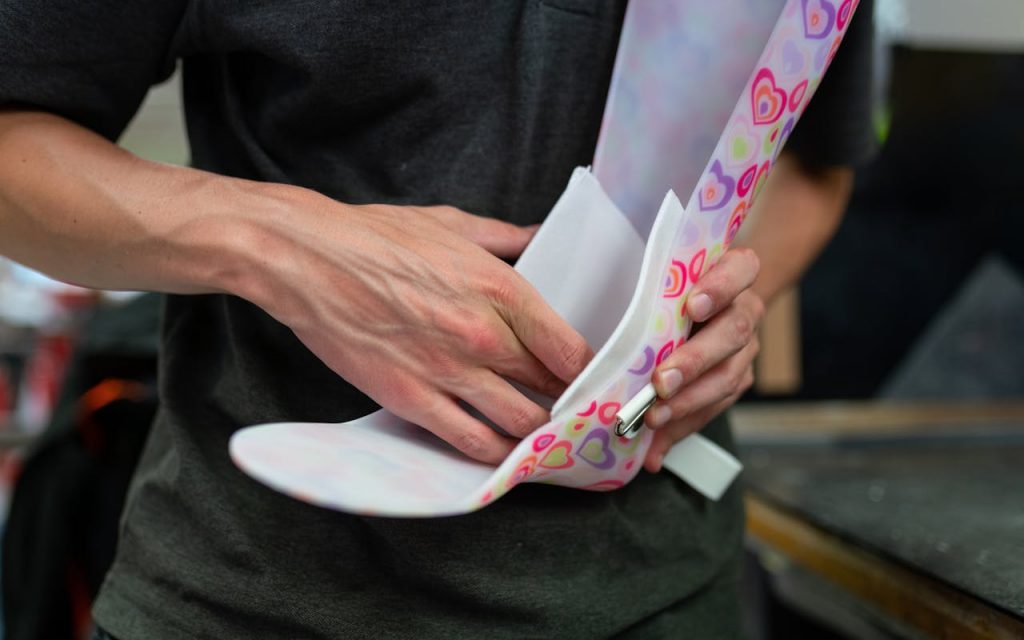If you’re reading this article, chances are you or someone you care about has a child in their life with Cerebral Palsy. With 80,000 Canadians affected by Cerebral Palsy, it is the most common physical disability in childhood, so know you are not alone in this journey.
Because motor disability can range from minor weakness in a hand to an almost complete lack of voluntary movement, every family’s Cerebral Palsy situation is different. There is a good chance, however, that bracing for your child may be something that you need to learn about in the days ahead. Let’s take a look at the most common upper and lower bracing solutions we recommend for our PBO Group clients with Cerebral Palsy.
Ankle Foot Orthoses
Commonly referred to as an AFO, this L-shaped device is one of PBO Group’s most prescribed pediatric braces. The brace is customized to surround your child’s foot and lower leg to help control how much their ankle and foot can move while keeping the body in a natural position to help with walking and standing. There are various types/styles of AFOs which are created based on the current goals of the physiotherapists, family and child. This can range from providing support in standing independently, to aiding a child in playing their favourite sports.
Wrist Hand Orthoses
Cerebral palsy can often affect the child’s upper extremities as well. A Wrist Hand Orthosis can help your child with positioning the wrist for activities of daily living. Positioning the wrist can help improve grip strength and improve hand function of the affected side. This can range from playing with a ball to utilizing a pencil
Wrist Hand Finger Orthoses
Wrist Hand Finger orthoses focus on maintaining a functional position at the wrist and fingers during times of rest in order to improve mobility and hand function throughout the day. These braces extend from the forearm to the fingertips to provide the optimal stretch for the muscles that affect the wrist, hand and fingers.
Questions Parents and Caregivers May Have
How do I know if my child will need a brace or which type they’ll need?
After a thorough assessment of your child, PBO Group’s Certified Orthotists will determine if a brace is a good option for your child and, if so, explain to you which bracing custom solution is the best solution for your child’s unique needs.
Do I need a referral from my child’s doctor to make an appointment at a PBO Group clinic for an initial bracing assessment?
No doctor’s referral is needed for your initial appointment, and there is no fee for this first consultation. Book an appointment now using our online booking tool.
What happens as my child’s body grows and changes?
Regular follow-up appointments with your PBO Group Orthotist will allow us to monitor the effectiveness of your child’s brace as they grow and change. We will adjust the brace as needed and advise when a new brace is required.
How much experience does PBO Group have working with people who have Cerebral Palsy?
PBO Group’s talented team has been supporting families living with Cerebral Palsy for over 30 years. Our current roster of clients includes many people living with Cerebral Palsy at a variety of ages and stages.






